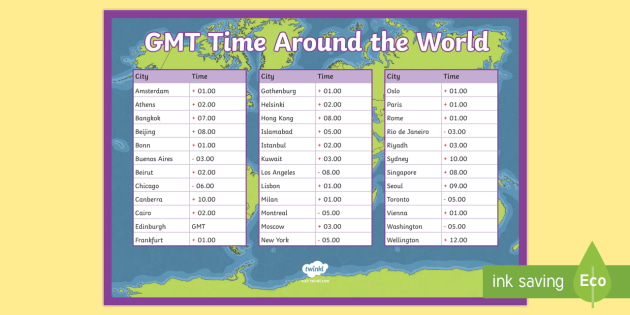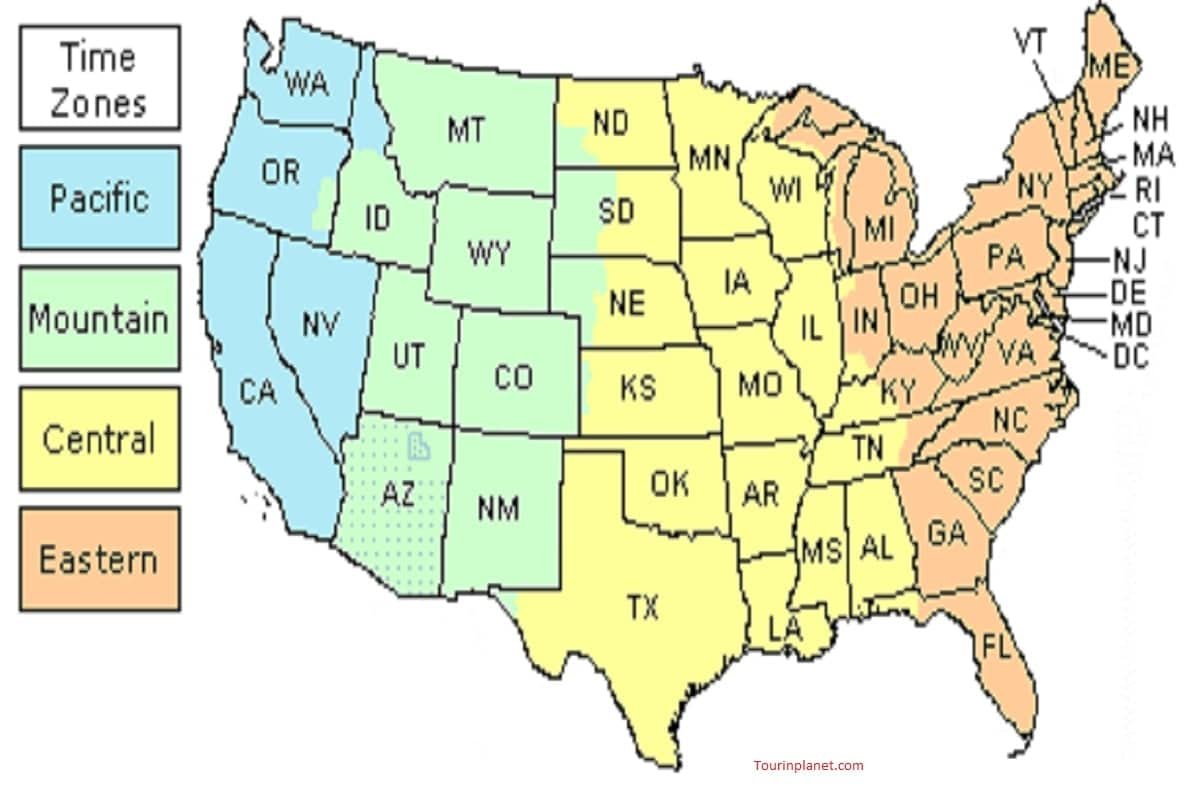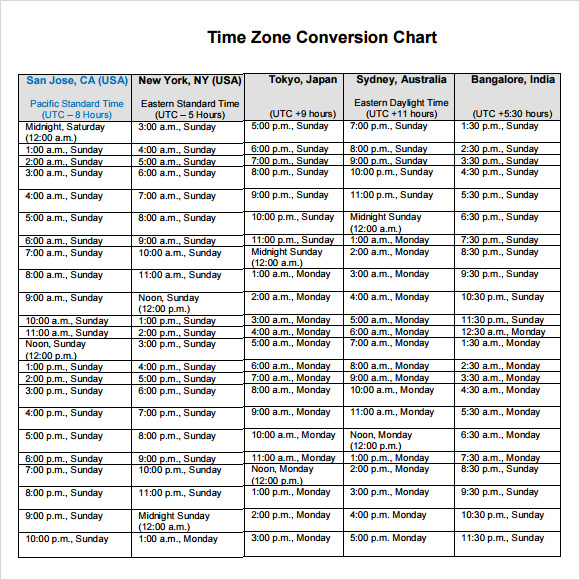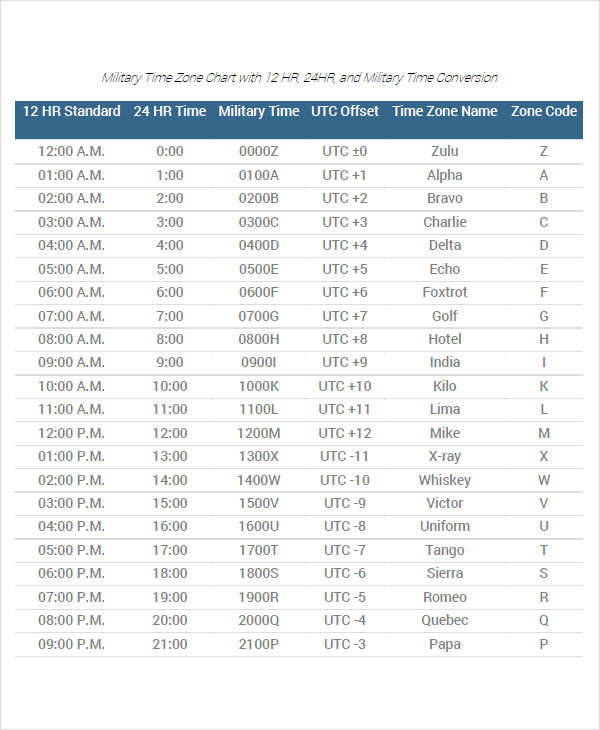Why Time Zone Conversion Matters
In today’s globalized world, accurate time zone conversion is crucial for seamless communication, efficient business operations, and hassle-free travel. With the increasing globalization of trade, commerce, and culture, the importance of precise time zone conversion cannot be overstated. A single mistake in converting time zones can lead to missed appointments, delayed shipments, and lost opportunities. For instance, a New York-based business dealing with clients in London needs to accurately convert New York time to GMT to avoid misunderstandings and ensure timely responses. In the realm of travel, incorrect time zone conversions can result in missed flights, confused itineraries, and disrupted schedules. Moreover, in the digital age, accurate time zone conversion is vital for synchronizing online meetings, webinars, and conferences across different regions. By understanding the significance of time zone conversion, individuals and organizations can avoid costly errors, enhance productivity, and foster stronger global connections.
Understanding GMT and Its Role in Global Timekeeping
Greenwich Mean Time (GMT) is the universal time standard that serves as the basis for modern civil time. Established in 1675, GMT is based on the mean solar time at the Royal Observatory in Greenwich, London. This time zone is designated as UTC+0, meaning it is not subject to daylight saving time (DST) adjustments. As the primary time standard, GMT is used as a reference point for all other time zones, including the New York time zone. In essence, GMT is the anchor that keeps the world’s clocks in sync, facilitating global communication, trade, and travel. Its significance extends beyond timekeeping, as it has played a crucial role in navigation, astronomy, and scientific research. Today, GMT remains the foundation of modern timekeeping, ensuring that people across the globe can coordinate their activities with precision and accuracy.
How to Convert New York Time to GMT: A Step-by-Step Guide
Converting New York time to GMT is a straightforward process that requires understanding the basics of time zones and daylight saving time (DST). Here’s a step-by-step guide to help you convert New York time to GMT accurately:
Step 1: Determine the current time in New York. New York observes Eastern Standard Time (EST) during standard time and Eastern Daylight Time (EDT) during DST.
Step 2: Identify the GMT offset. New York is 5 hours behind GMT during EST (GMT-5) and 4 hours behind GMT during EDT (GMT-4).
Step 3: Apply the offset. To convert New York time to GMT, add 5 hours during EST or 4 hours during EDT to the current New York time.
Example: If it’s 10:00 AM EST in New York, add 5 hours to get 3:00 PM GMT. If it’s 10:00 AM EDT in New York, add 4 hours to get 2:00 PM GMT.
By following these simple steps, you can accurately convert New York time to GMT, ensuring seamless communication and coordination across different time zones.
New York Time Zone: An Overview of EST and EDT
The New York time zone, also known as the Eastern Time Zone, is one of the most populous and economically significant time zones in the world. It is divided into two sub-zones: Eastern Standard Time (EST) and Eastern Daylight Time (EDT).
Eastern Standard Time (EST) is the standard time zone used during the winter months, typically from November to March. During this period, New York is 5 hours behind GMT (GMT-5). EST is used in many states on the East Coast of the United States, including New York, Massachusetts, and Florida.
Eastern Daylight Time (EDT) is the daylight saving time zone used during the summer months, typically from March to November. During this period, New York is 4 hours behind GMT (GMT-4). EDT is also used in many states on the East Coast, but the start and end dates may vary depending on the state.
Understanding the differences between EST and EDT is crucial when converting New York time to GMT, as neglecting DST can result in incorrect conversions. By recognizing the specific time zone in use, individuals can ensure accurate conversions and avoid confusion in business, travel, and communication.
Common Time Zone Conversion Mistakes to Avoid
When converting New York time to GMT, it’s essential to avoid common mistakes that can lead to incorrect conversions and misunderstandings. Here are some common errors to watch out for:
1. Neglecting Daylight Saving Time (DST): Failing to account for DST can result in a 1-hour error in conversions. Make sure to check if DST is in effect in New York and adjust the conversion accordingly.
2. Using Incorrect Offset Values: Using the wrong offset value can lead to incorrect conversions. Remember that New York is 5 hours behind GMT during EST and 4 hours behind GMT during EDT.
3. Confusing Time Zones: Be careful not to confuse New York time with other time zones, such as Pacific Time or Central Time. Each time zone has its own unique offset and DST rules.
4. Ignoring Time Zone Changes: Some countries or regions may change their time zones or DST rules, so it’s essential to stay up-to-date with these changes to ensure accurate conversions.
5. Relying on Inaccurate Sources: Using unreliable sources or outdated information can lead to incorrect conversions. Always verify information through reputable sources, such as official government websites or trusted time zone conversion tools.
By being aware of these common mistakes, individuals can take steps to avoid them and ensure accurate conversions when converting New York time to GMT. This attention to detail can help prevent misunderstandings and errors in business, travel, and communication.
Tools and Resources for Accurate Time Zone Conversion
Converting New York time to GMT can be a complex task, especially when dealing with daylight saving time (DST) and different time zones. Fortunately, there are various online tools, apps, and software available to help simplify the process and ensure accurate conversions.
One popular tool is WorldTimeBuddy, a user-friendly website that provides a comprehensive time zone converter, including support for DST. Another reliable resource is TimeAndDate, which offers a range of time-related tools, including a world clock, calendar, and time zone converter.
Other notable tools and resources include:
- Google’s Time Zone Converter: A simple and intuitive tool that allows users to convert time zones quickly and easily.
- Time Zone Converter by 24timezones: A comprehensive tool that provides detailed information on time zones, including DST rules and offset values.
- WorldTimeServer: A website that offers a range of time-related tools, including a time zone converter, world clock, and calendar.
These tools and resources can be invaluable when converting New York time to GMT, helping to ensure accuracy and precision in business, travel, and communication. By utilizing these resources, individuals can avoid common mistakes and ensure seamless coordination across different time zones.
Real-World Applications of Time Zone Conversion
Accurate time zone conversion is crucial in various industries, where coordination and synchronization across different time zones are essential. Converting New York time to GMT is particularly important in globalized sectors, such as finance, logistics, and international business.
In finance, accurate time zone conversion is critical for trading and transactions. For instance, stock markets in New York and London operate in different time zones, and incorrect conversions can result in significant losses or errors. By converting New York time to GMT, financial institutions can ensure seamless coordination and avoid costly mistakes.
In logistics, time zone conversion is essential for coordinating shipments and deliveries across different regions. Incorrect conversions can lead to delays, misrouting, and other issues that can impact supply chain efficiency. By using accurate time zone conversion tools, logistics companies can optimize their operations and improve customer satisfaction.
In international business, time zone conversion is vital for communication and collaboration. With teams and clients located in different time zones, accurate conversions can help avoid misunderstandings and ensure that meetings, calls, and deadlines are scheduled correctly. By converting New York time to GMT, businesses can facilitate global collaboration and improve productivity.
In addition to these industries, accurate time zone conversion is also important in other areas, such as travel, education, and healthcare. By understanding the importance of time zone conversion and using reliable tools and resources, individuals and organizations can avoid common mistakes and ensure smooth coordination across different time zones.
Conclusion: Mastering Time Zone Conversion for a Globalized World
In today’s interconnected world, accurate time zone conversion is crucial for seamless communication, coordination, and collaboration across different regions. Converting New York time to GMT is a critical aspect of global timekeeping, and understanding the intricacies of time zones is essential for avoiding mistakes and ensuring precision.
By grasping the concepts of GMT, DST, and standard time conversions, individuals and organizations can navigate the complexities of time zones with confidence. By utilizing reliable tools and resources, such as WorldTimeBuddy and TimeAndDate, and avoiding common mistakes, accurate time zone conversion can become second nature.
The benefits of accurate time zone conversion are far-reaching, with applications in finance, logistics, international business, and beyond. By mastering time zone conversion, individuals and organizations can improve productivity, enhance collaboration, and avoid costly mistakes.
In conclusion, accurate time zone conversion is a vital skill in today’s globalized world. By understanding the importance of converting New York time to GMT and other time zones, individuals and organizations can thrive in an increasingly interconnected world.







